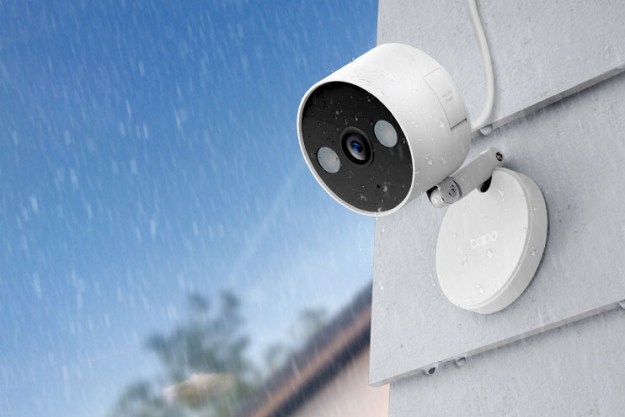I have a recurring nightmare that sort of resembles that scene with the shark at that guy’s fancy house in Ace Ventura: Pet Detective. Suffice it to say, a 3D floor that makes it look as though I’m literally walking on water is not for me. But if you do want to feel as if you’re living among the dolphins, there’s a company that can do that for you — provided you live in the United Arab Emirates.
Dubai-based Imperial Interiors is a design company that specializes in 3D floors. And it offers more than just aquatic themes (though a lot of them are). Sit on a bed roses, pretend to do a Scrooge McDuck dive into a room full of coins, or traverse a yawning chasm along a narrow brick bridge.
The epoxy floors consist of a primer, a self-leveling screed (a polymer-modified cement that doesn’t require a lot of water), your chosen image, a transparent polymer, and a protective lacquer. The company claims your floor should be long-lasting and won’t give off noxious fumes. Alternatively, the company will create 3D images out of tiles for you. As for price, depending on a number of factors, your floor could cost between $100 and $550 per square meter (about 10.76 square feet). For comparison, much of the laminate flooring at a home-improvement store cost at most about $4 per square foot.
And Imperial Interiors can offer this kind of depth-perception to more than just your floors. You can get 3D images on your walls or table or forgo a traditional ceiling for one with crazy shapes. Look up and see hearts, stars, moons, clovers, and whatever other Lucky Charms you want. The world is your oyster. Come to think of it, you could probably get a 3D image of that on your floor, too.


